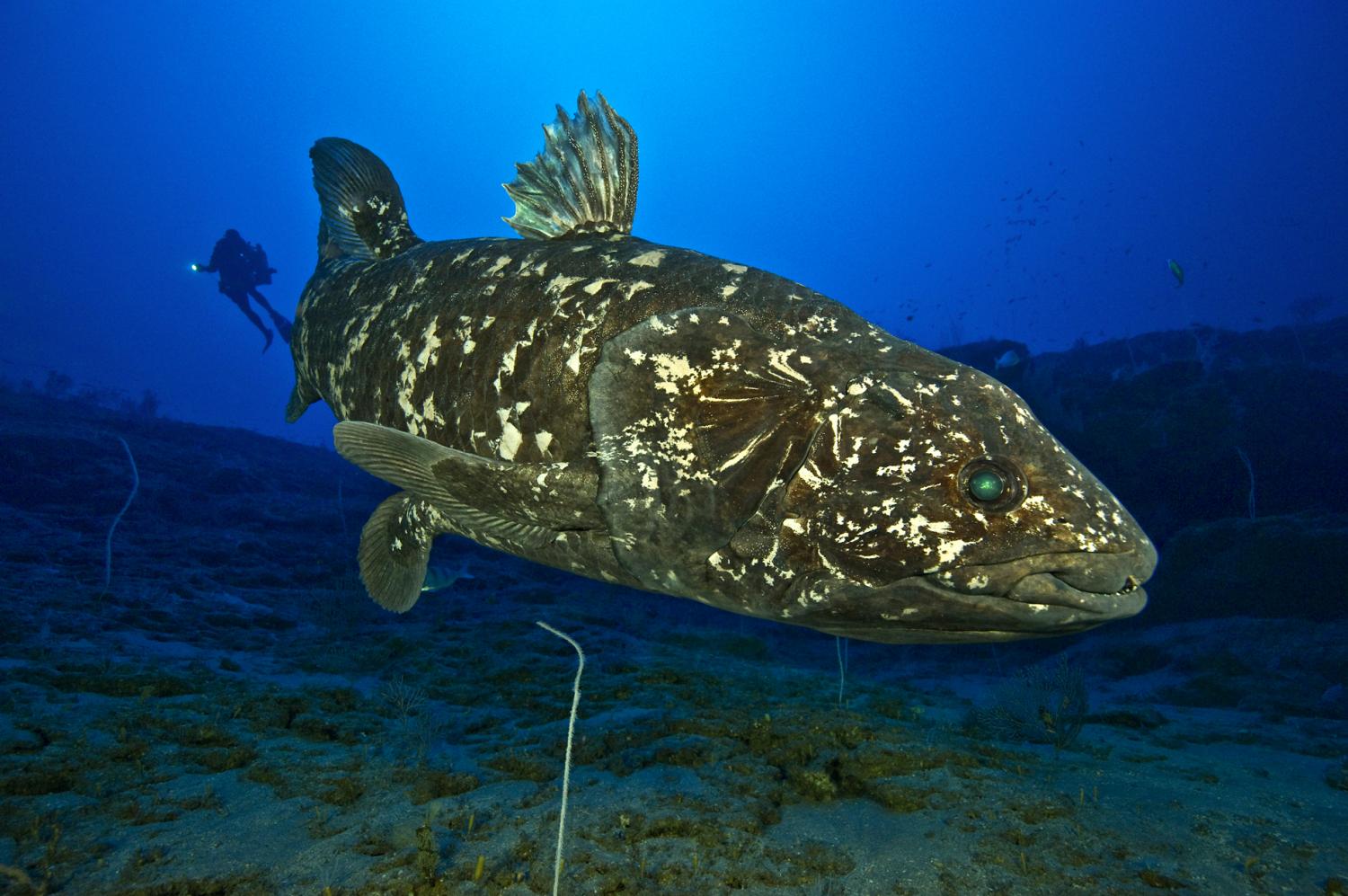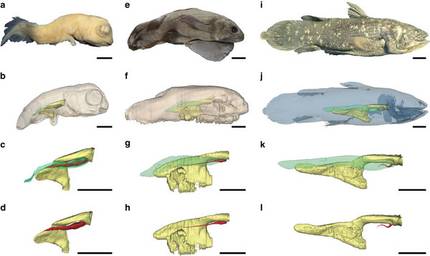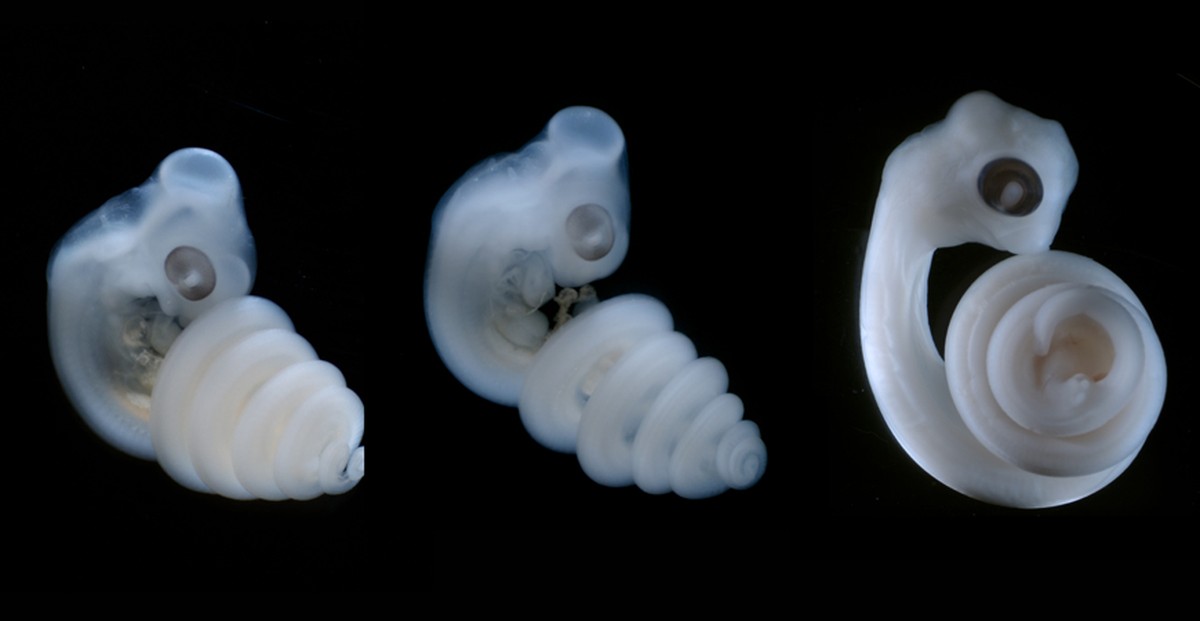Celacantos discover that they have lungs in the embryonic phase
2015/09/17 Galarraga Aiestaran, Ana - Elhuyar Zientzia Iturria: Elhuyar aldizkaria


In fact, today's celancantos lack lung, while calcified lungs are one of the most prominent features of celacanthus fossils. Now, using X-ray tomography, researchers at the University of Rio de Janeiro have shown that the embryo of celancanto in its early stages has apparently functional lungs. However, as it progresses in its development they deteriorate and to reach adulthood only one trace organ remains.
In addition, researchers have proposed that the fatty organ of today's celacantos appeared parallel to lung loss. This organ acts as a buoy and is believed to develop on a path of adaptation to great depths. All the results and conclusions of the study have been published in the journal Nature Communications.

Gai honi buruzko eduki gehiago
Elhuyarrek garatutako teknologia





